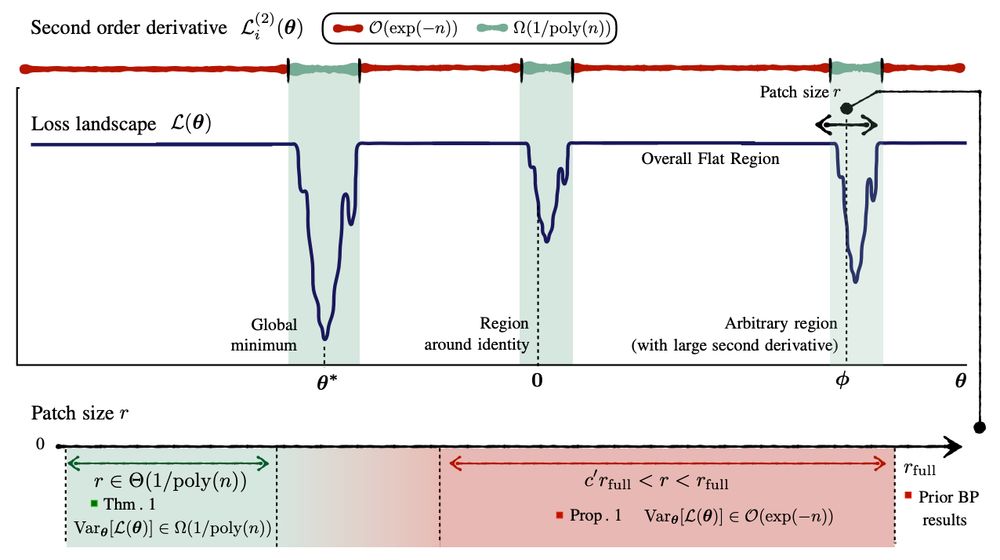Working on Quantum Computing and Quantum Metrology.







Here we study variational quantum simulation to explore whether warm starts can be a possible solution to exponential concentration

Here we study variational quantum simulation to explore whether warm starts can be a possible solution to exponential concentration
We study this for the dynamical regime and for the Gibbs and time-averaged dephased state.

We study this for the dynamical regime and for the Gibbs and time-averaged dephased state.

